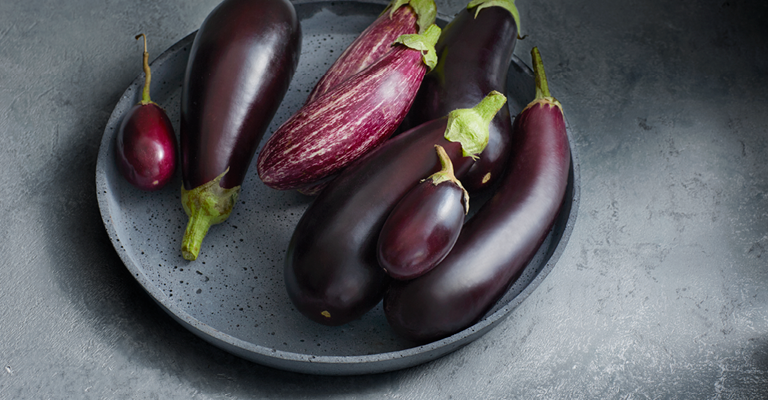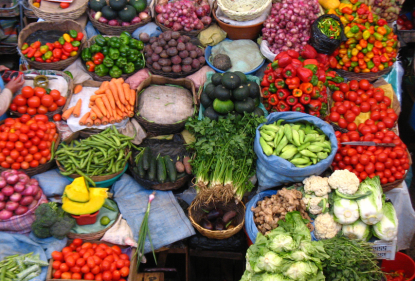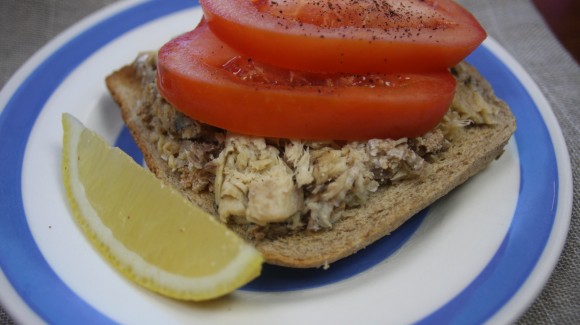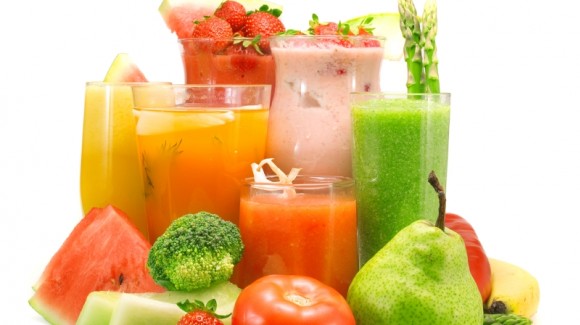
Health & Beauty
Lower your cholesterol with salads rich in vegetables
Cholesterol is a type of fat that occurs naturally in our bodies, and in fact is necessary for many necessary functions, such as in the production of sex hormones (estrogen, testosterone...), the formation of cell membranes, or metabolising of vitamin D for proper absorption of calcium.
The “good cholesterol” (HDL) is responsible for collecting and expelling all the “bad cholesterol” (LDL) left over in the body, but when our body produces or receives more LDL than is needed, it accumulates on the walls of our arteries, resulting in many different types of cardiovascular disease (arteriosclerosis, myocardial infarction, stroke or stroke, etc.). Therefore we must always maintain the level of total blood cholesterol below 200 mg/dl (a routine blood tests takes just five minutes at your doctor or pharmacy).Food is the main source of cholesterol besides the necessary cholesterol produced in our bodies. Cholesterol in food is exclusively of animal origin, and is never found in vegetables, plants, fruits, cereals, oils and pulses/legumes. The foods with the highest cholesterol levels are egg yolks, organ meats, cured meats, caviar, cheese (the more the cheese is cured, the higher the level of cholesterol), cream, whole milk, butter and shellfish.
If you have high cholesterol, you could eliminate the consumption of foods high in LDL from your diet and increase consumption of foods that help reduce it. That is, decrease animal fat, consume light or nonfat milk, cheese and yogurt (lactose-free if you are intolerant, of course), and reduce other risk factors such as being overweight, smoking and no exercise.
The main foods that help lower LDL cholesterol include:
Foods rich in fibre, which slows the absorption of fats and helps eject toxins (avocado, broccoli, pears, apples, cereal, brown rice, etc.)
- Fruits and vegetables: precisely because of their high fibre content and because they help us reduce high blood pressure and prevent cardiovascular problems.
- Pulses/Legumes: high in fibre and protein, these encourage cholesterol transport and metabolism to prevent build up in the walls of arteries (beans, chickpeas, lentils, etc.)
- Foods rich in Omega 3: you could try to eat fish at least twice a week, especially oily fish (sardines, mackerel, anchovies, tuna, salmon, swordfish ...) that is rich in Omega 3, as they also contain polyunsaturated fatty acids that increase good cholesterol (HDL).
- Vegetable oils: good examples include sunflower oil (rich in polyunsaturated fats) and especially olive oil (rich in monounsaturated fatty acid (high oleic), which increases the good HDL cholesterol and helps to lower the level of bad cholesterol (LDL).
- Green tea: Rich in polyphenols, which are antioxidants. Green tea lowers bad cholesterol (LDL) and triglycerides and increases good cholesterol (HDL).
Do not hesitate, as cholesterol is more serious than it appears. It is in our hands to control it through a healthy and balanced diet, (like fresh salads full of vegetables) and exercise.



